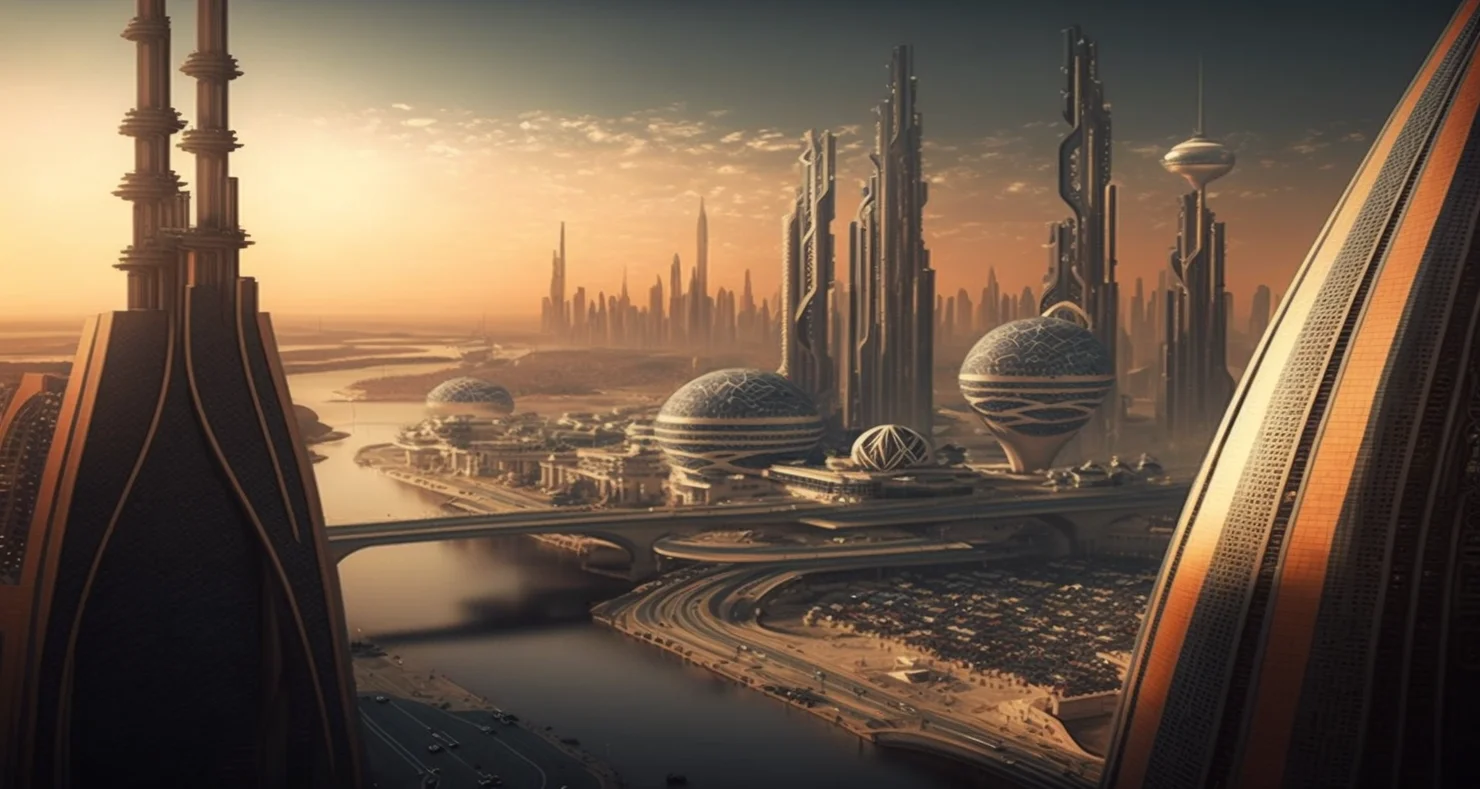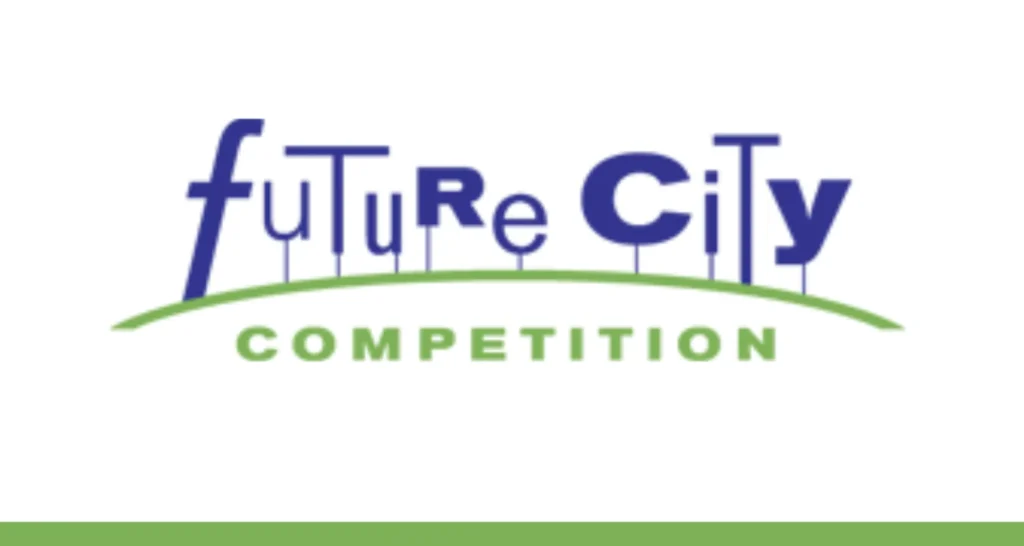Future of living in cities?
The future of living in cities is likely to be influenced by a variety of factors, including technological advancements, societal shifts, and environmental concerns. Some possible trends and developments that could shape the future of urban living include:
1. Increased use of technology to improve urban living: Technologies such as the internet of things, 5G, and artificial intelligence may be used to improve urban living, for example by providing real-time information about traffic and public transportation, and by automating many of the tasks associated with urban living, such as waste management and energy management.
2. Greater emphasis on sustainability and resilience: As concerns about climate change and environmental degradation continue to grow, cities may become more focused on sustainability and resilience, incorporating features such as green roofs, rainwater harvesting, and solar power into new developments, and retrofitting existing buildings to reduce their environmental impact.
3. More compact and efficient urban form: As cities continue to grow, there may be a greater emphasis on compact and efficient urban forms, such as high-density housing and mixed-use developments, which can help to reduce the environmental impact of urban living and promote walkability and bike-friendliness.

4. Greater focus on community and social connections: As concerns about social isolation and loneliness continue to grow, cities may place a greater emphasis on building community and fostering social connections, for example by creating more shared spaces, such as parks and community gardens, and by encouraging the development of vibrant and diverse neighborhoods.
5. Greater emphasis on accessibility and inclusivity: Cities may become more accessible and inclusive in the future, for example by creating more pedestrian- and bike-friendly streets, and by incorporating features such as ramps, curb cuts, and elevators to make buildings more accessible for people with disabilities, the elderly, and children.
6. Greater use of virtual and augmented reality: As virtual and augmented reality technology advances, it may be used to improve the urban living experience, for example by allowing people to visualize and explore new developments before they’re built, or to enhance the experience of public spaces.
7. Greater focus on health and wellness: Cities may become more focused on health and wellness in the future, for example by incorporating more green spaces and natural light into urban design, and by promoting active transportation options such as cycling and walking.
How living in and outside cities will develop will depend on many factors, including the ability of cities to adapt to changing circumstances, and the willingness of citizens to embrace new technologies and ways of living.













